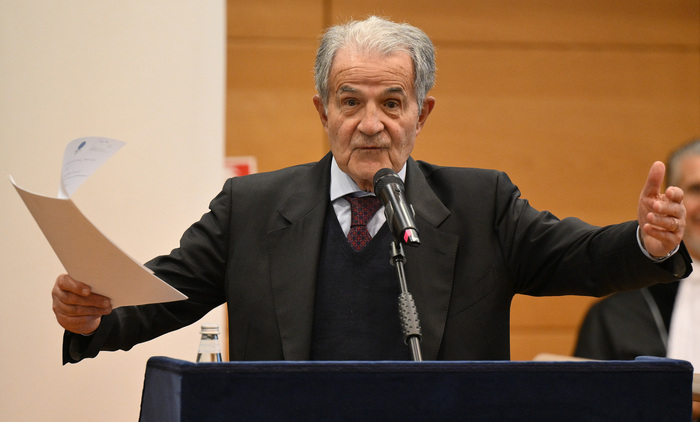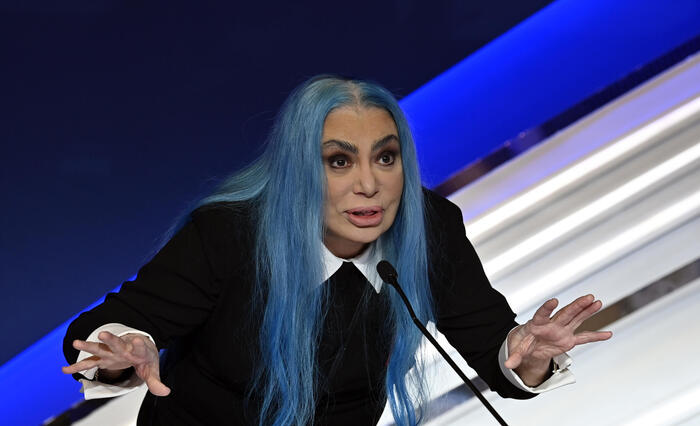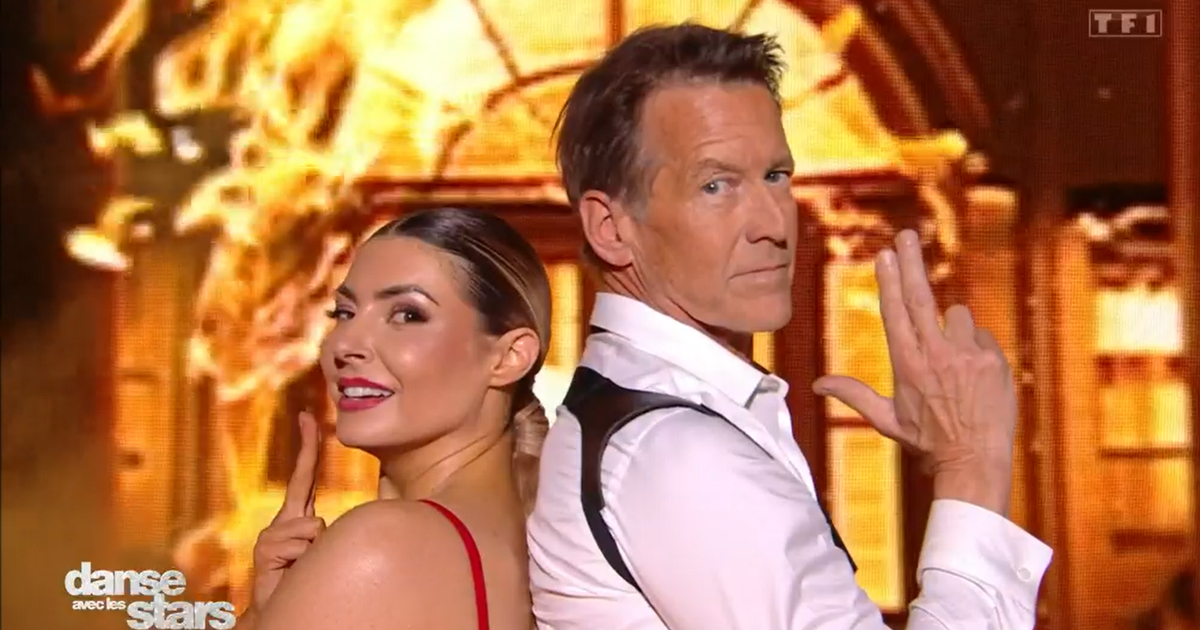The San Calisto bar, in the heart of Roman Trastevere, is full at six in the evening on a Tuesday.
This place was the quintessence of madness and authenticity in the center of a city now sweetened by the tourist invasion.
Here Esteban Villalta (Rome, 66 years old) saw them in all colors.
The Viking's funeral, that character from the neighborhood who was brought into his coffin to say goodbye, resting the glasses on the coffin.
Or Paul Getty, when he drove by before the mob lopped off his ear.
Now the memory of the afternoons with Rafael Alberti, who lived two steps away, also appears now.
Villalta, a fabulous painter of the Roman
underground
, a link between the new Italian and Spanish currents, has just exhibited a fascinating retrospective of his career.
Ask.
Why was he born here?
Reply.
My father ended up in Rome in 1952 with two other painters.
They came walking from Madrid.
They achieved a Guinness record.
My family was Republican, my grandfather was in prison after the war, and he was fed up with living there.
P.
How not to be.
R.
Italy lived a boom at that time.
There was an amazing artistic explosion and in Spain... you know how everything was.
My father was from the generation of '27. And many, like Mompó, received scholarships at the Spanish Academy in Rome.
Later, great figures like Rafael Alberti joined them, with whom we ended up being very close friends.
He and my father rented a studio in a nearby town and we spent weekends together.
It was a crazy cool environment.
Before there were few artists and they were highly respected.
Now they come out of your ears.
Q.
How did you start painting?
R.
Very young, in my father's studio.
He started out being a big influence, but I soon freed myself and moved on to the
graffiti
of the time.
For me the true avant-garde has always been in the street.
Q.
And what was that Rome like?
R.
There was a climate of freedom and rebellion that no longer exists.
Much is said about the French May 68, but Italy experienced a cultural explosion of the same level during that period.
Q.
Were all these neighborhoods different?
R.
Look, Campo dei Fiori was a shabby neighborhood, with a bad life.
Tourists were afraid to come here.
I came from a more posh neighborhood, and the first day, when I was six years old, I began to cry.
There were thieves, counterfeiters, pimps... Like Barcelona's Chinatown.
And I had to stick with everyone to get them to respect me.
Q.
And now?
A. It is a
giant
bed & breakfast .
We have changed the noise of the street culture for the annoying sound
of the tourist
trolleys .
Before you went out and this was like a town, today there is no one left: they have all been kicked out to raise rents and open hostels.
But I am the resistance of the center of Rome.
Q.
How did you end up in the Madrid scene?
R.
When my father died, I went to Madrid to recover my roots.
I found another environment, an incredible joy and effervescence.
La Movida was a coincidence, places where you would meet El Hortelano, Ceesepe, García Alix, Antonio Bartrina... Four or five of us stayed until the end of the party.
But the Movida they sell now seems like bullshit to me.
Q.
Did something change the way you paint?
R.
Nothing, I had my style.
I never followed any fashion.
I liked the dirty, the unpleasant.
And from there my
fierce expressionism
was born .
I liked painting huge sizes, working with a certain kind of brutalism.
The painter Esteban Vilalta in the Roman gallery where he exhibits his work. Antonello Nusca
Q.
_
Who was his gallery owner?
R.
First I went to see Fernando Vijande, who wanted me to leave the work.
And then I went to see Juana de Aizpuru.
I showed her her paintings, she asked me to leave them in the store until her daughter arrived.
And the next day she told me that he was an artist for the gallery.
He got me the scholarship to study at the Casa de Velázquez.
She is a big one.
Q.
The excesses of that time killed many artists.
How did you survive?
A.
I'm not the only one.
But it is true that I never touched heroin.
He had examples in Rome and had seen many friends fall.
In Trastevere slang we called those who got in “dead fish”.
Q.
When did you return to Italy permanently?
A.
In 1992. After 12 years my body couldn't take it anymore.
He went out a lot, but he also worked a lot.
In addition, he noticed in the air the end of the era that was approaching.
Q.
When did
ferocious expressionism
end ?
R.
After a year of returning to Italy.
I never wanted to stay in one style.
Painting is evolution, freshness.
Painting is writing a diary and what I see when I got up is what I want to capture.
It happened to me with the pandemic, but each era has given me something.
Q.
You are a bit like King Juan Carlos: born in Rome, but with a Spanish heart.
R.
It doesn't bother you... I've always felt more Spanish.
I do not know why.
I'm more like Hadrian and Trajan.
Q.
Real Madrid or Rome?
A.
Rome, of course.
Q.
Lazio or Barcelona?
R.
Barcelona, what a question.
Q.
What do you think of Meloni's Italy?
R.
It is a danger, but they are already showing their faces with what they truly are: fascists.
But the good thing about Italy is that, as Flaiano said, nothing is ever really serious.
And one goes from genius to useless very quickly.
Q.
Will you die in Rome or in Spain?
A.
In South America.
But don't bury me yet.
Subscribe to continue reading
Read without limits
Keep reading
I'm already a subscriber



/cloudfront-eu-central-1.images.arcpublishing.com/prisa/DXFPLFBJPRDFBOOW5OWCTCNHJU.jpg)





